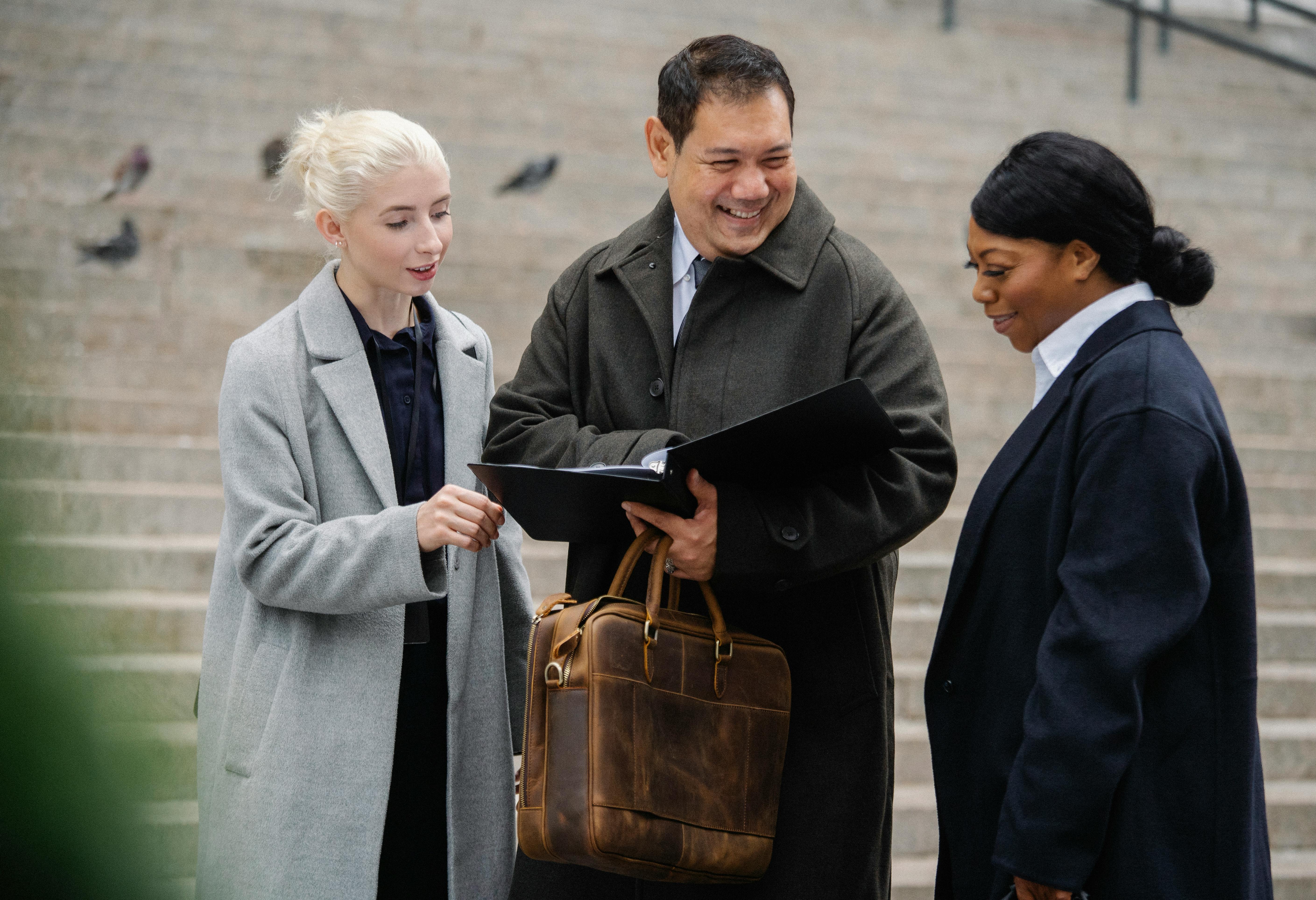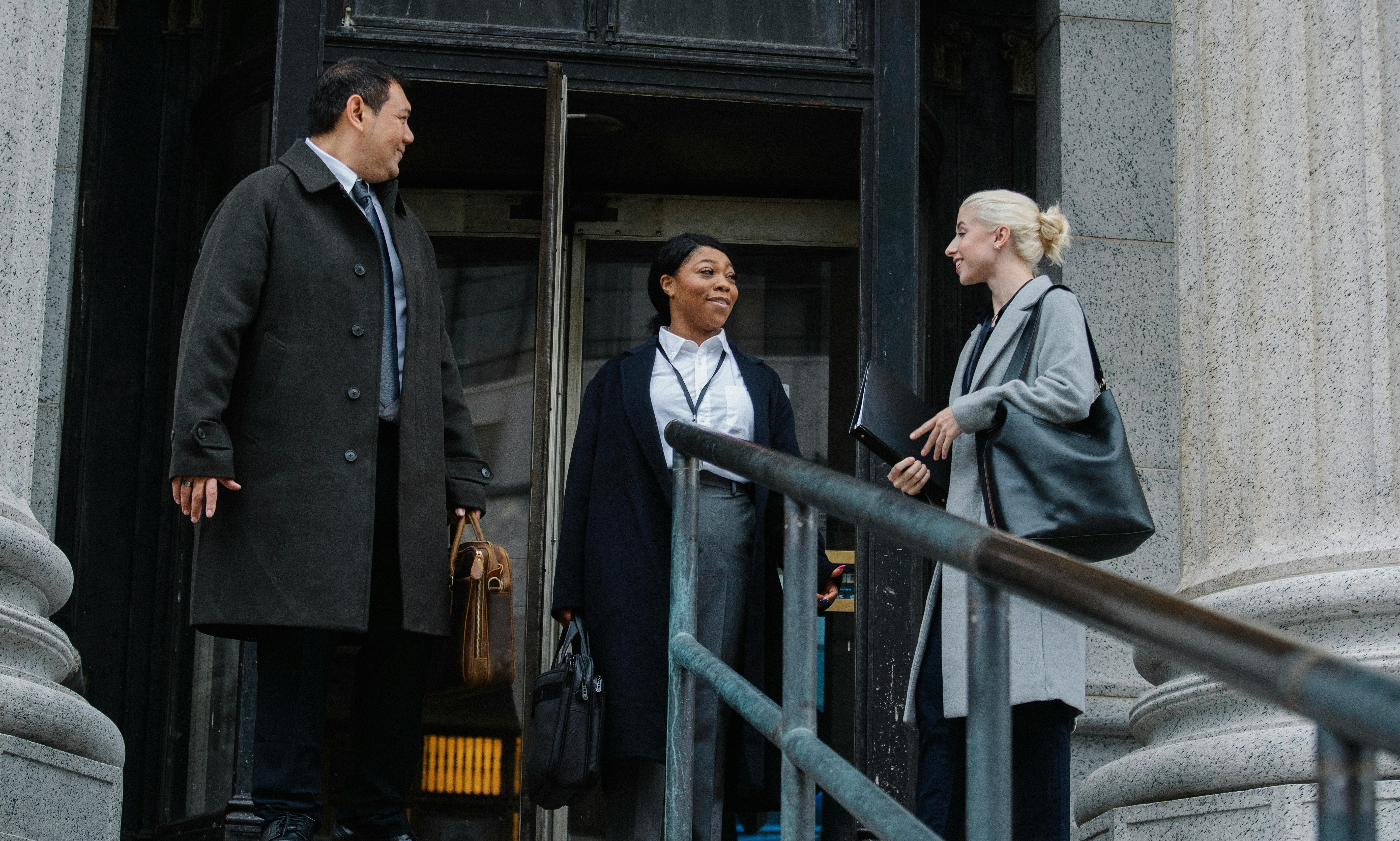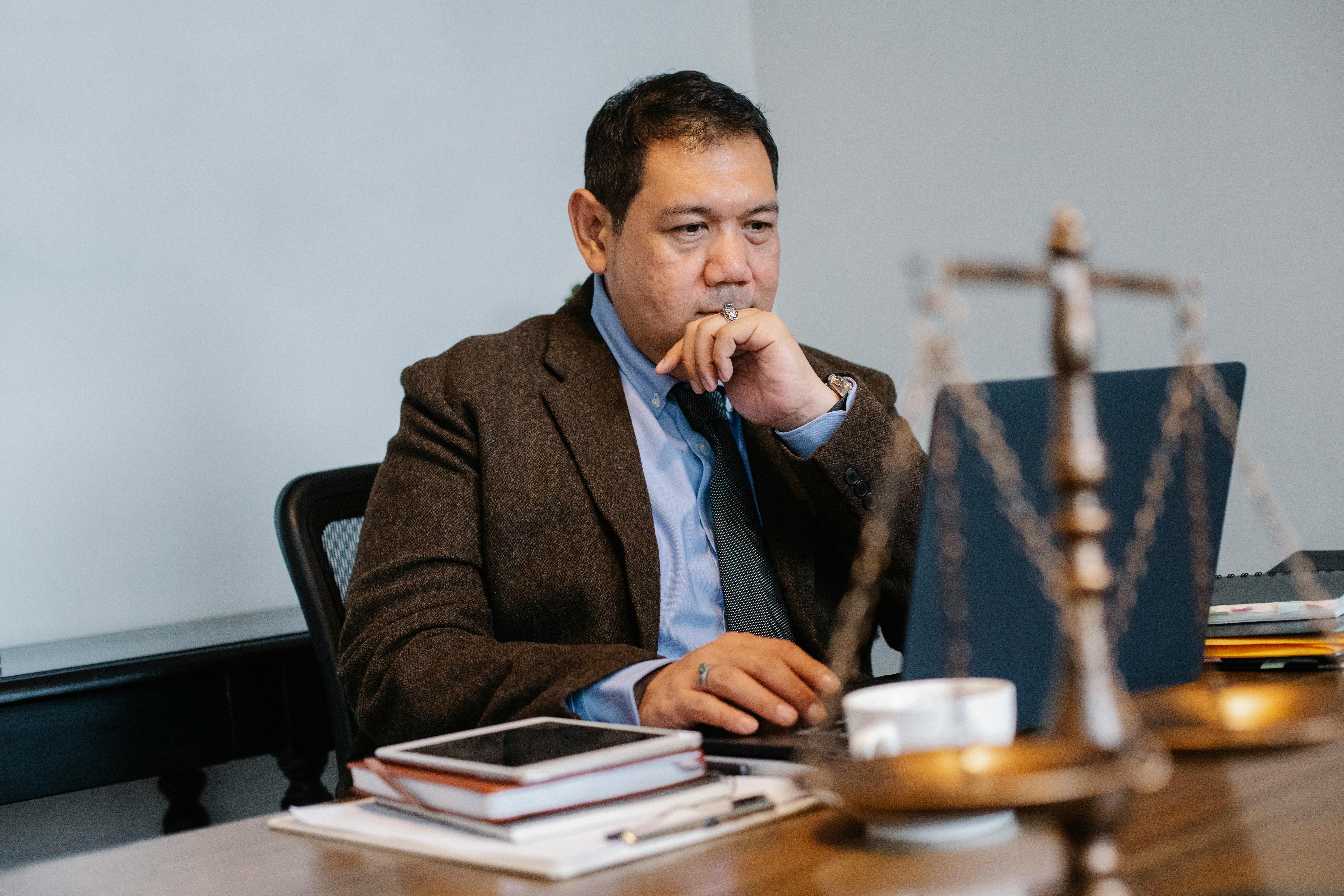The Attorney Cold Silence Strategy: When Strategic Silence Becomes a Legal Weapon
Category: Law & Attorneys
Network Links: Builds on the escalation frameworks in Litigation Strike Protocol and the psychological pressure in The Courtroom Mirage Tactic. Use this guide to learn how silence itself—when used with precision—becomes a force-multiplier in settlement strategy.

Why Silence Works — The Psychology & Economics Behind the Cold Silence Strategy
Silence in negotiation is often mistaken for passivity. In elite litigation practice, silence is a tactical instrument. The Cold Silence Strategy is the calibrated use of pause and non-engagement after depositing high-value signals (draft pleadings, expert-hold notices, discovery previews). The silence forces the insurer’s internal teams to model outcomes in the absence of further claimant noise — and when humans face uncertainty, they tend to assume the worst-case cost scenarios.
Two core mechanisms make silence effective:
- Cognitive Fill Effect: People dislike ambiguity. When faced with silence after a clear signal that litigation readiness exists, insurers imagine the most expensive possibilities — expensive experts, protracted discovery, regulatory scrutiny.
- Internal Escalation Pressure: Because insurance companies operate via layered approvals, silence often induces defensive conversations between adjusters, in-house counsel, and finance teams. Those conversations commonly escalate the case internally — reserves are increased, supervisory reviews occur, and leadership begins to treat the file as a higher-cost item.
The art is not to be silent blindly. Silence is powerful only when it follows credible actions. The sequence looks like this:
- Signal (credible preparation) → Strategic Silence (hold posture) → Opponent Internalization (they imagine costs) → Defensive Response (reserve/settlement movement).
How Elite Attorneys Execute Strategic Silence — What They Say Right Before Going Quiet

Silence is not passive. It must be **engineered**. Before an attorney goes silent, a final statement is issued — crafted not to close conversation, but to **open internal anxiety** within the insurer’s legal department.
Examples of Final Statements Before Silence
These are not threats — they are statements designed to linger:
- “We’ve completed our escalation file and are reviewing internal timelines before confirming next procedural step.”
- “Our team has aligned discovery prep with litigation filing protocol — we will proceed once we finalize internal scheduling.”
- “We will pause for internal review before confirming whether this matter proceeds into formal litigation readiness.”
Notice the pattern — these phrases do not beg for a response. They **plant a thought**: “something is happening, but we cannot see it.” That unknown is the pressure.
How to Read the Insurer’s Reaction to Silence — Signs That Pressure Is Working

When silence is deployed correctly, insurance companies begin showing behavioral changes. These signs appear not always in direct communication, but in subtle shifts:
Observable Indicators That Your Silence Is Having Effect
- 🔄 Sudden Follow-Up Emails: If the insurer or adjuster emails with “just checking in” after silence — pressure is working.
- ⏳ Request for Documentation Clarification: They ask random clarifying questions — not because they need info, but to measure how active you are.
- ⚠️ Mentions of Reserve or “We Need to Reassess Internally”: This is a sign your case moved to a higher review tier.
- 📉 Shift in Tone from Firm: Attorneys may switch from neutral language to cooperative or settlement-friendly phrasing.
- 📞 Unexpected Phone Outreach: They suddenly want a “quick call” — often to gauge attorney posture before budget commitment.
These signals do not always come with a higher offer immediately — but they **indicate financial tension**. That tension is power. The key is recognizing it so that you do not break the silence too early.
Cold Trigger Window — Knowing the Perfect Moment to Break Silence

The Cold Trigger Window is the moment silence has generated enough tension that re-engaging produces maximum impact. Elite attorneys do not break silence randomly — they monitor specific indicators that the insurer is unsettled and internally discussing risk exposure.
Indicators That the Cold Trigger Window Has Opened
- 📌 The insurer sends a follow-up asking if “you still intend to move forward.”
- 📌 There is internal language like “We are reviewing numbers again” or “We are waiting for higher authorization.”
- 📌 Defense counsel becomes unusually formal or overly polite — a sign they are seeking tone-based clues.
- 📌 Time gaps between their emails get shorter — they are now chasing rhythm rather than leading it.
- 📌 Mentions of “potential resolution” or “open to discussion” appear after silence — classic panic signal.
Once these cues appear, **the window is open**. The silence has done its work. Breaking it at this point shifts control — you re-enter the dialogue from a position of total authority.
Sustaining Pressure After Re-Entry — The Controlled Dominance Phase

Once re-entry has occurred, the attorney enters what is called the Controlled Dominance Phase. At this point, the insurer knows litigation is a real threat. The goal now is not to continue debating — it is to maintain a calm certainty that filing is scheduled unless resolution is financially logical for the insurer.
Key phrases used to hold dominance without aggression:
- “Unless your side confirms movement, we will finalize our filing date without further delay.”
- “If there is no valuation shift, our procedural schedule will simply proceed as drafted.”
- “Resolution remains optional — our team is ready either way.”
These lines do not just communicate intent — they communicate calculated inevitability. Insurance carriers react strongly to inevitability. It rewires their cost forecasting toward settlement.
Conclusion — Cold Silence as the Final Masterstroke in Elite Legal Negotiation
Silence is not the absence of action — it is the amplifier of your last action. In high-level legal negotiation, noise suggests need. Silence suggests strength. When calibrated correctly — following proper escalation, trial signal mirage, and strategic timing — silence becomes the highest-value negotiation weapon your attorney can deploy.
Cold Silence Mastery Checklist
- ✔ Signal strength established before silence.
- ✔ Psychological tension created using draft pleadings and expert shadow references.
- ✔ Silence held until insurer demonstrates reaction signals.
- ✔ Re-entry is delivered with procedural authority — never emotional energy.
- ✔ Dominance maintained using calm “default litigation posture” language.
When all steps align, you secure maximum settlement without ever needing a judge, jury, or courtroom. That is the true art of legal negotiation.
✔ Insurance Premium War Series — How to Outmaneuver Insurers Financially
✔ Loan Power Plays — Advanced Financing Tactics Banks Don't Advertise
✔ Credit Authority Blueprint — Dominate Credit Systems for High Limit Approvals
This internal legal network is now fully established — your site has a legal SEO spine, ready for authority expansion.
The opposite of legal weakness is not aggression — it's silence backed by preparation.

